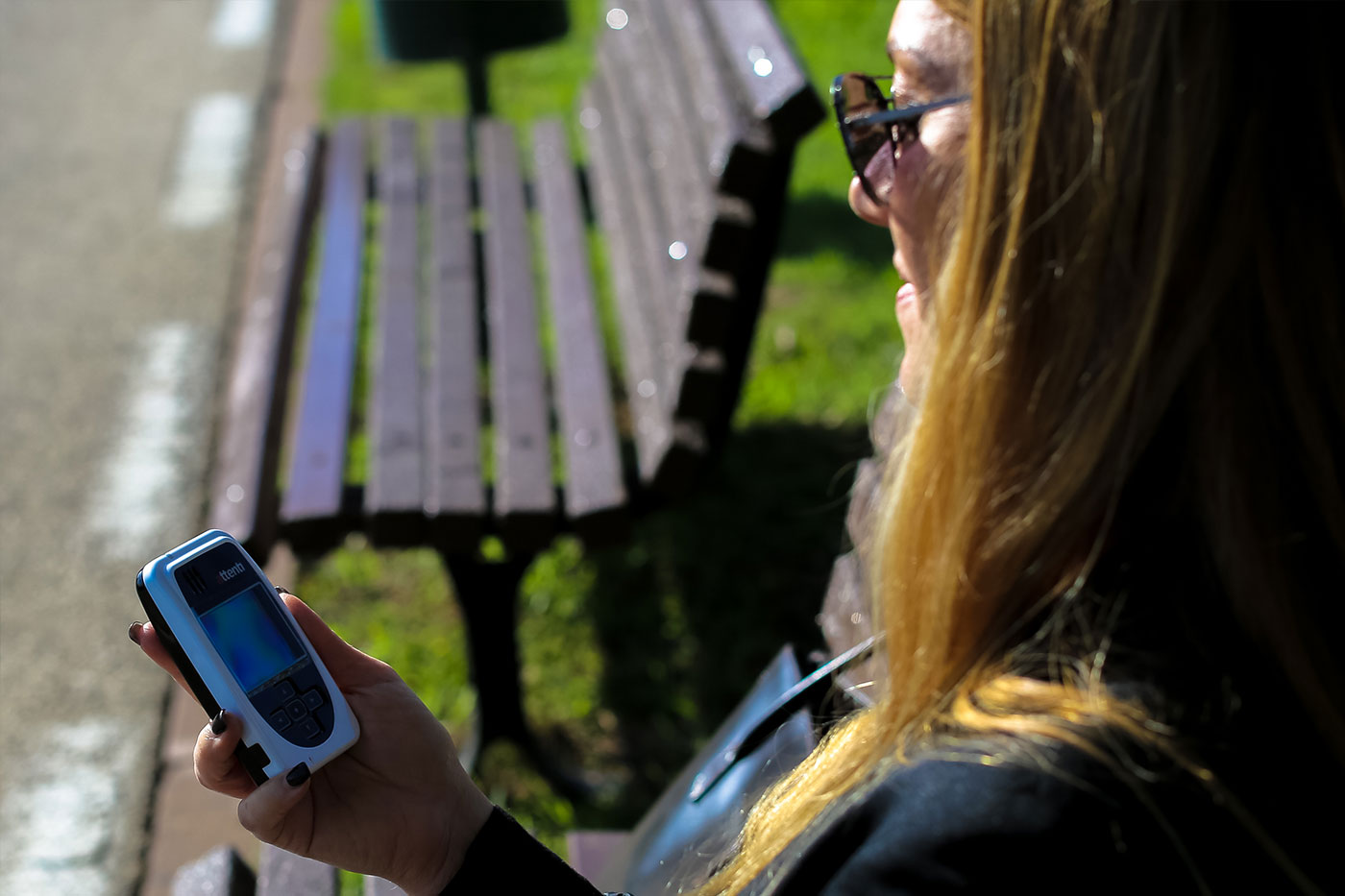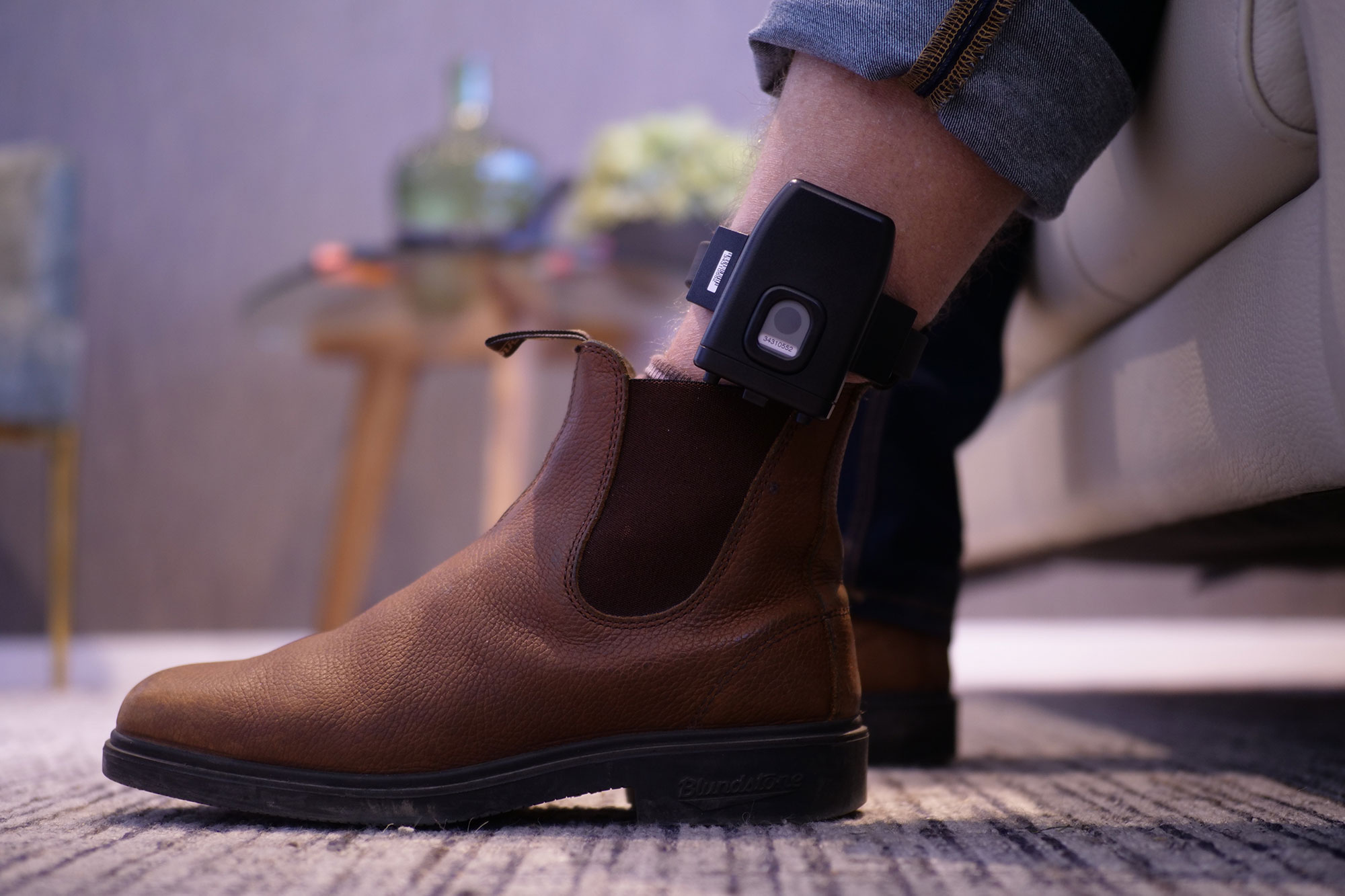Should non-violent offenders be imprisoned? Historically, prosecutors have been trained to seek convictions and prison time for non-violent offenders. And while this makes sense for violent criminals who pose a significant threat to society. Should this same ‘one-size-fits-all’ approach be applied to non-violent offenders?
This has been a highly debated and contentious topic for years worldwide. After all, if you do not imprison non-violent offenders how should they be punished? Can there be cost-effective, more humane alternatives to custody?
An Alternative Approach to Incarceration
In recent years, there’s been a growing consensus that imprisonment of non-violent offenders who do not pose a threat to society is both fiscally and morally unsustainable.
More than half (54%) of people in Europe entering prison on remand awaiting trial are accused of non-violent offenses. While in Latin America and the Caribbean, non-violent, low-level drug offenders make up the fastest growing sector of the prison population.
Alternative solutions need to be sought to provide non-violent offenders with the best chances of rehabilitation and reintegration into society once their sentence has been served. The Coronavirus pandemic has further ignited calls for prison alternatives for non-violent offenders.
An Argument Against Incarceration of Non-Violent Offenders
Prisons are costly, and significant savings could be realized from imprisoning fewer non-violent offenders. For example, in 2019/20, the average cost of a prison place in England and Wales was 44.600 British pounds a year. While in Italy, the average cost of prison amounts to around 143 Euros per day. At the same time, each inmate in Portugal costs the taxpayer around 15000 Euro per year.
Keeping a person in prison for a non-violent crime can also cause other concerns including overcrowding, lack of adequate supervision, physical and mental health concerns, and increased risks of violence.
There are also questions as to whether prison sentences actually carry out their rehabilitative function. Research has in fact shown that prison is one of the least effective places to rehabilitate offenders. Instead, studies have found that time in prison actually increases the likelihood of reoffending. In the US, two in three (68%) of people released from prison are rearrested within three years of release. In England and Wales, two in three (66%) of young people and nearly half of adults leaving prison will commit another crime within a year.
Technology Changing the Status Quo
In today’s digital world, physical imprisonment is no longer the only option for those convicted of non-violent offenses. Technology is playing a critical role in shaping innovative policies and strategies around alternatives to imprisonment.
Electronic Monitoring (EM) technology offers the advantage of keeping non-violent offenders outside of prison and integrated into their societies and everyday life whilst at the same time keeping others safe.
Federal Senate of Brazil Magno Malta said in 2007: “Prison is no longer the perfect means of control. It is outdated because it still functions in a closed space. The territorial limit determined by prison is no longer a positive aspect of criminal control, but an inconvenience, since it is unsustainable for the state to keep the countless convicted persons incarcerated.”
He added that EM allows “the reduction of financial costs for prison establishments, a decrease in prison overcrowding and a faster rehabilitation of the prisoner.” Other research suggests that EM is associated with long-term reductions in prison populations.
Women Bear the Brunt
There is a substantial disparity between the background of male and female prisoners and the offenses for which they are jailed. Most offenses for which women are imprisoned in Europe are non-violent, property or drug related. In the UK, 80% of female prisoners have been locked up for non-violent offenses such as shoplifting.
The impact on children when a family member goes to prison is significant, particularly when a mother goes to prison. Their entire stability is at risk including living arrangements, schooling, care, and potential separation from siblings and other family members.
Home imprisonment with electronic monitoring (EM) can help keep families together as well as be instrumental in not only rehabilitating first time nonviolent offenders, but help integrate them into society more effectively. It will also act as a deterrent for further criminal behavior.
Prison Alternatives No Longer a Nice-to-Have
Unless effective alternatives to imprisonment for non-violent offenders are found and implemented, the economic as well as social costs of incarceration will continue to climb incrementally.
As such, there needs to be a shift in thinking away from imprisonment as a default solution for non-violent offenders. The United Nation Office on Drugs and Crime echoes this, concluding that imprisonment must not be granted as the natural form of punishment and that most of the objectives it implies can be met by using alternative measures, which are normally more effective and less expensive.
It’s time to rethink our approach to incarceration. While prison may seem like the obvious solution, technology-focused solutions like EM can play an important role in reducing costs, keeping society safe, and easing the reintegration of non-violent offenders into their communities.







